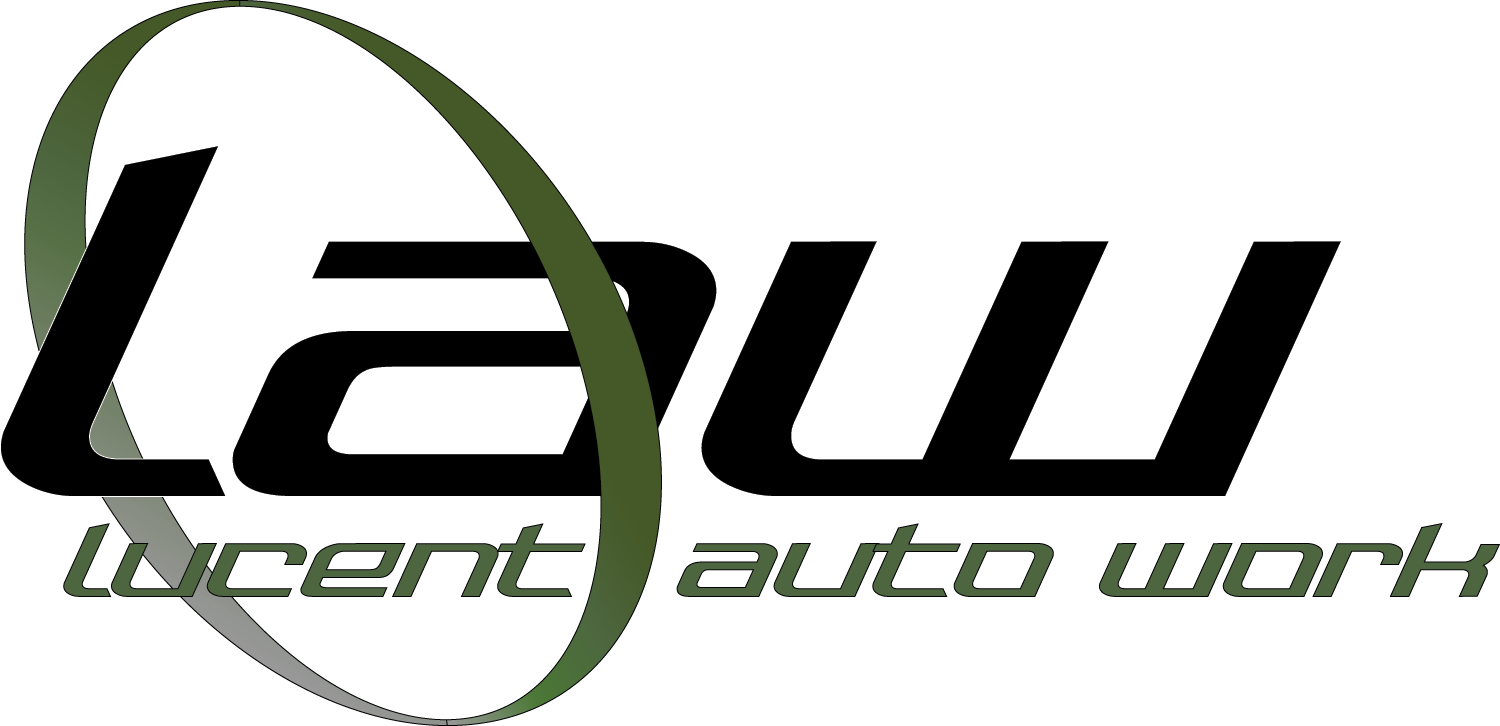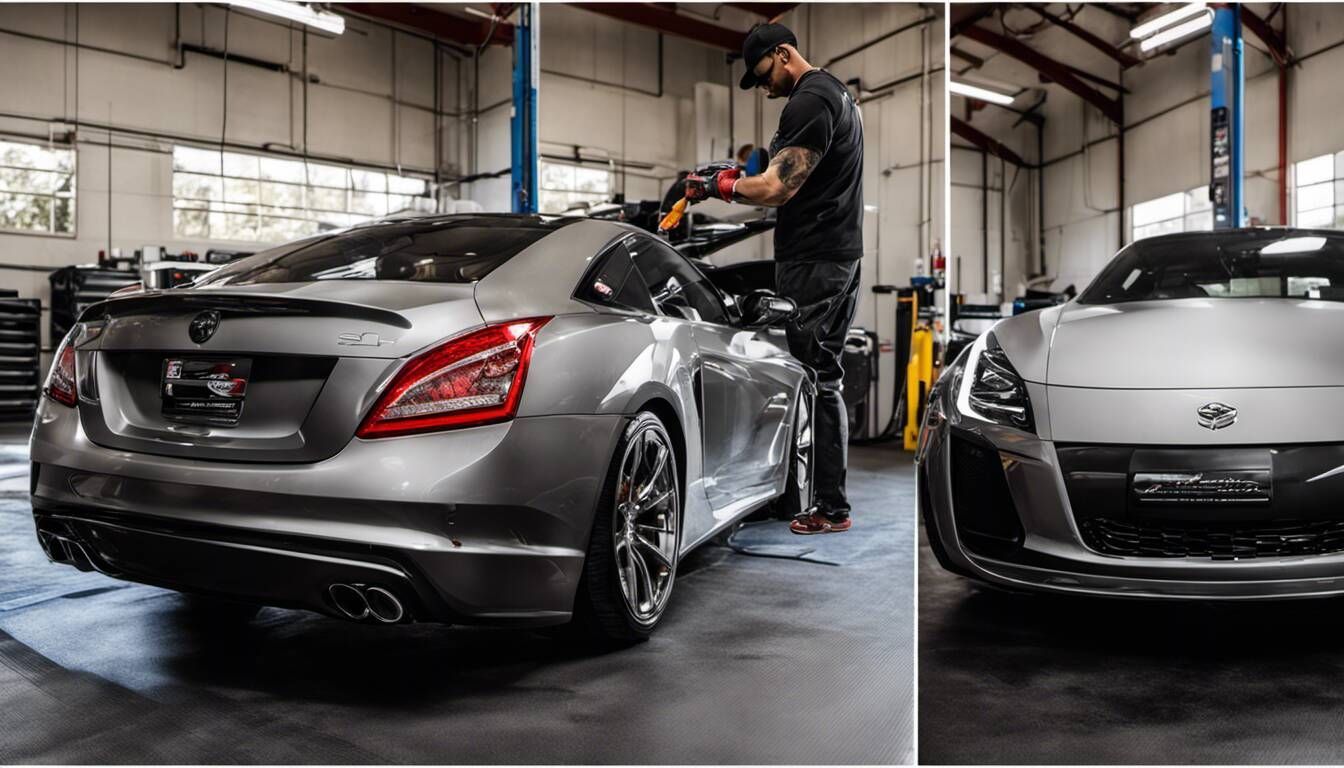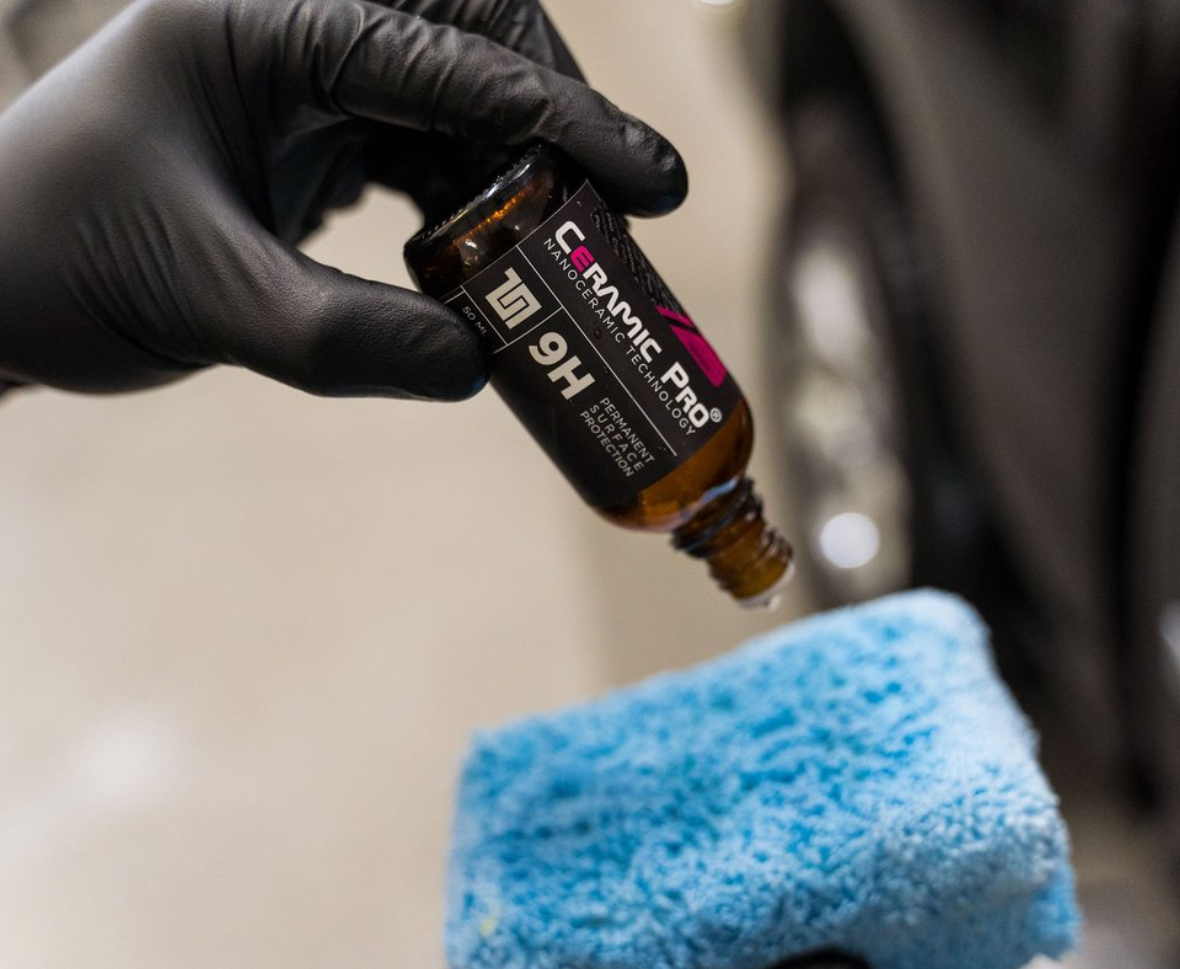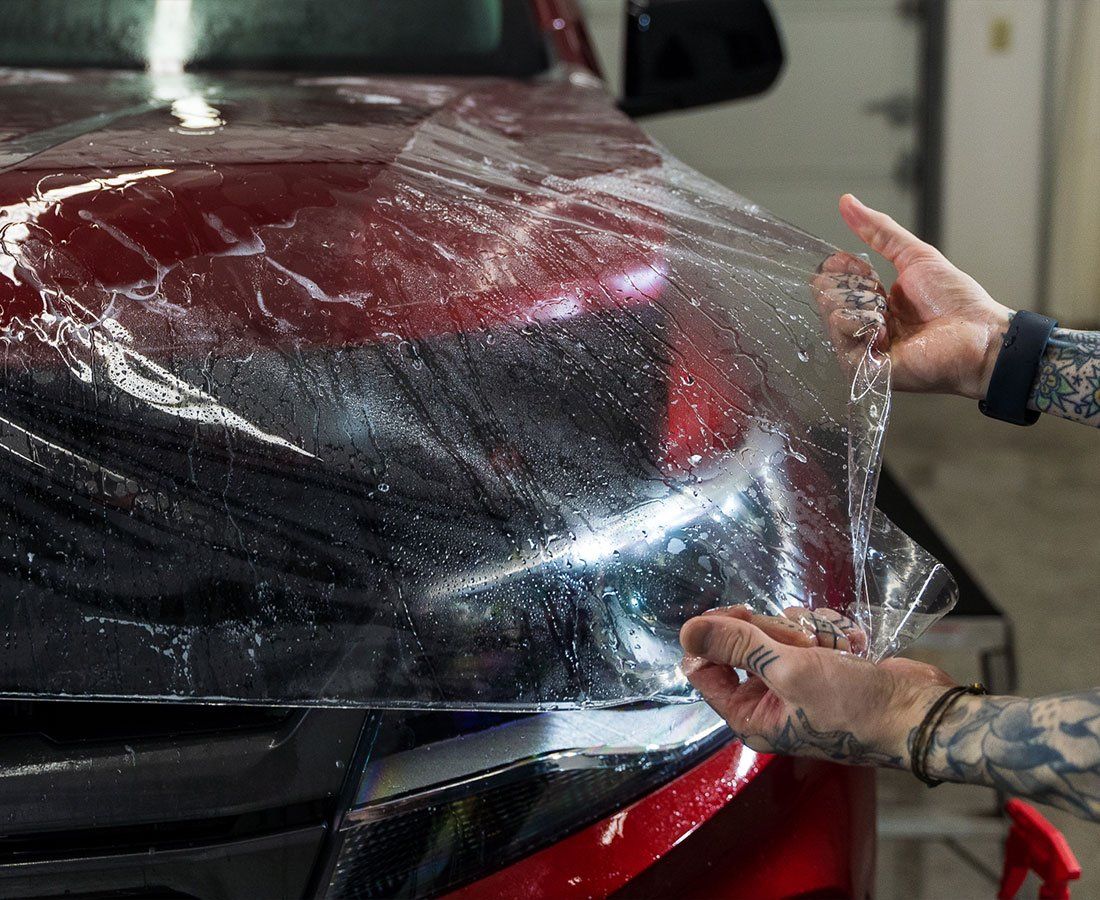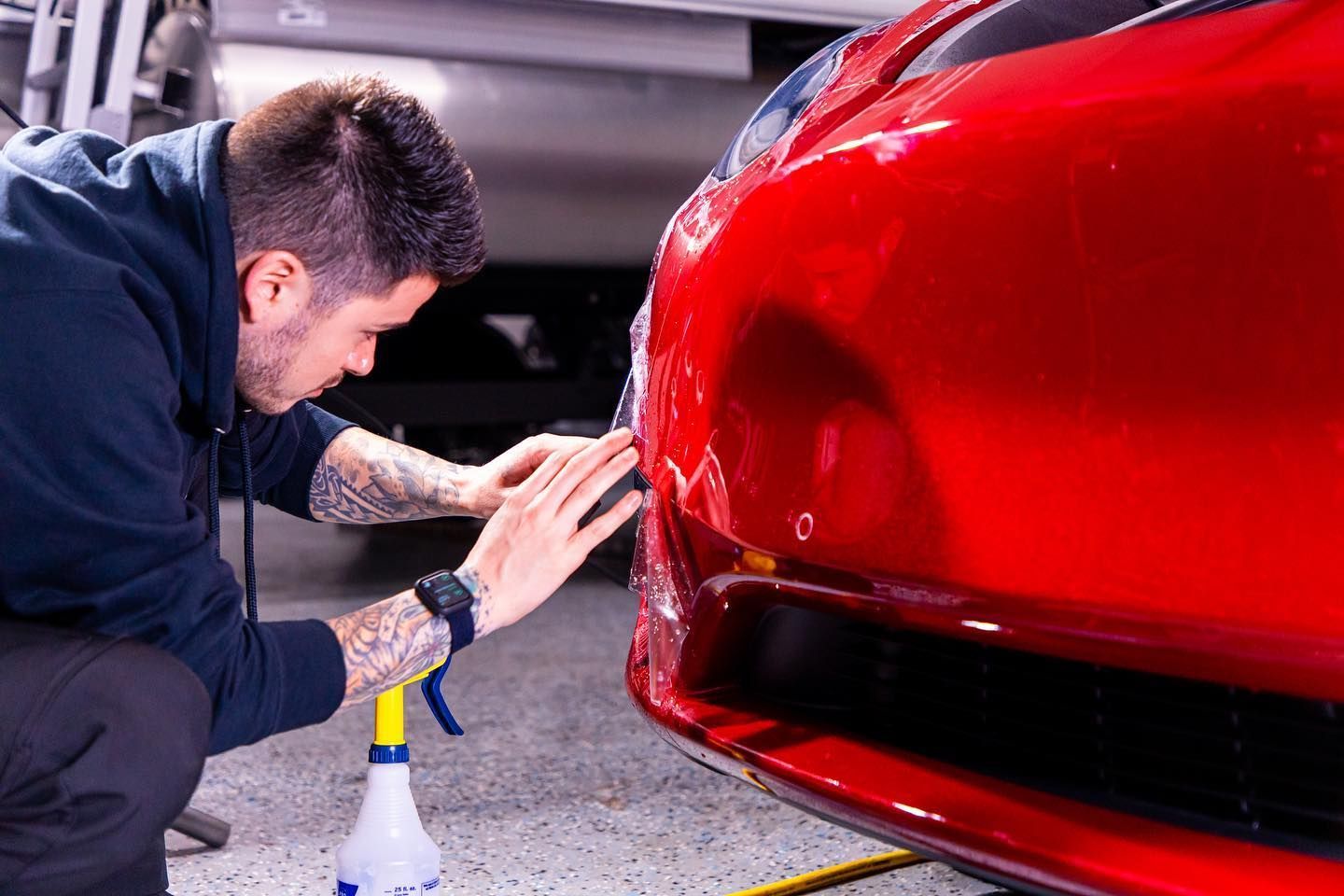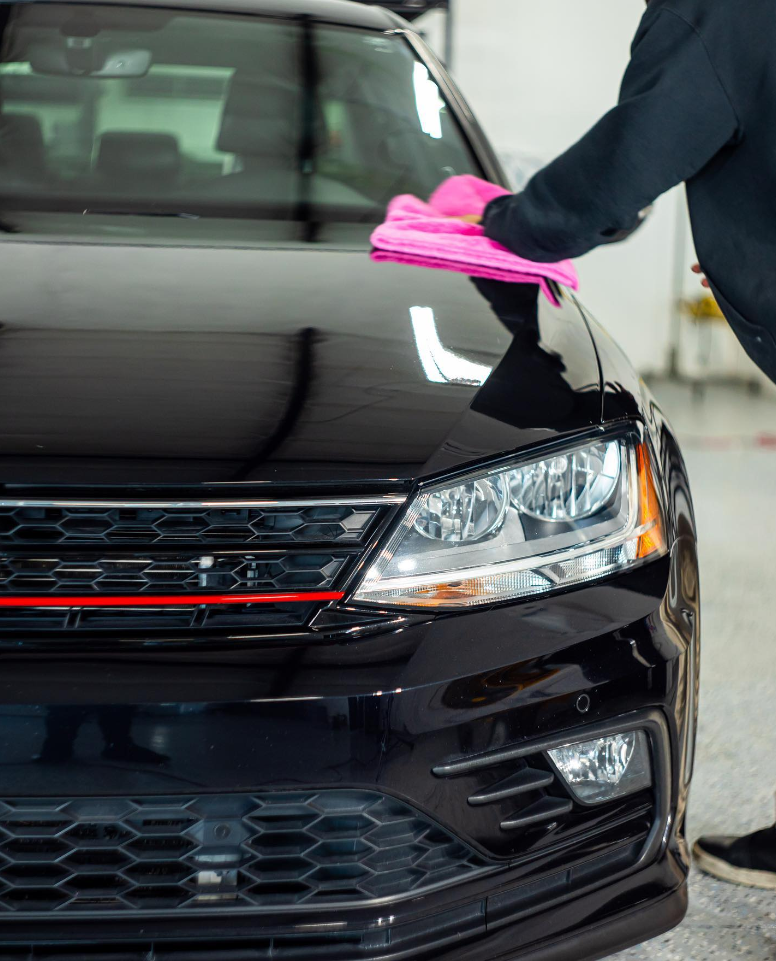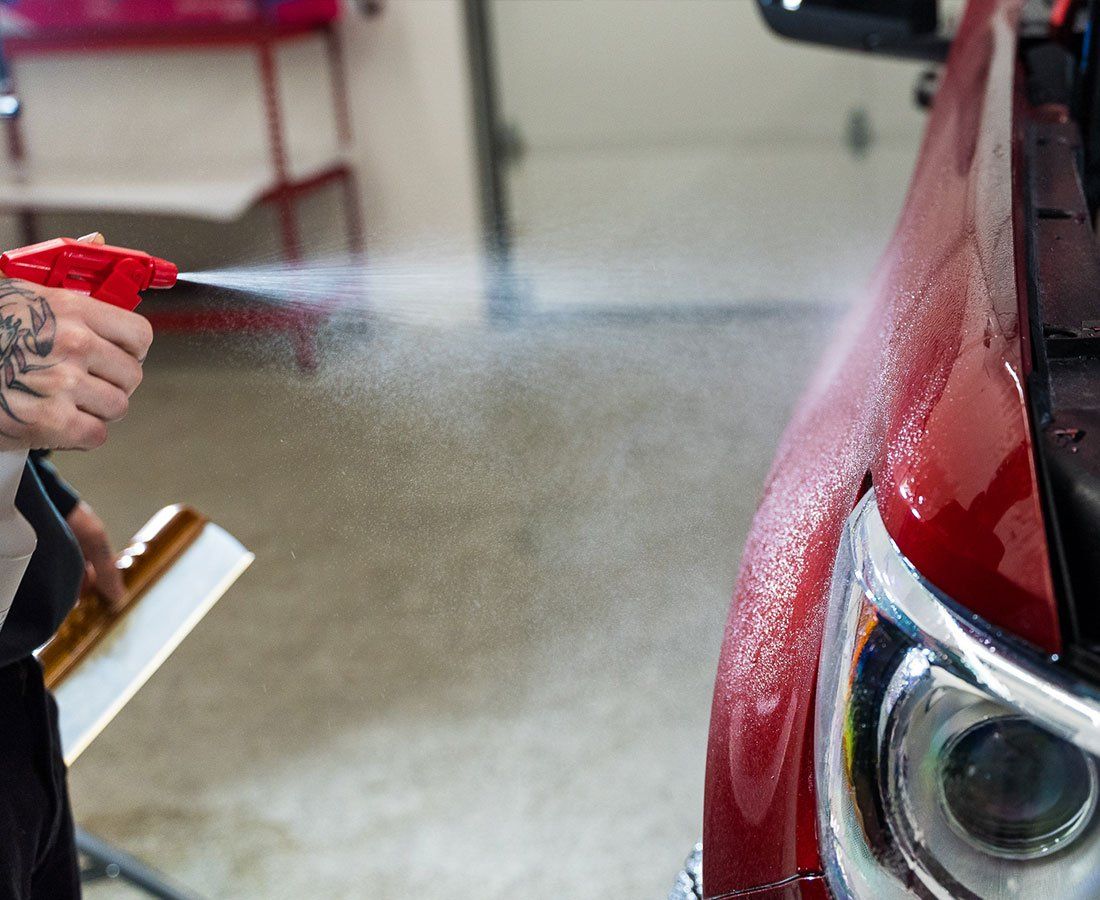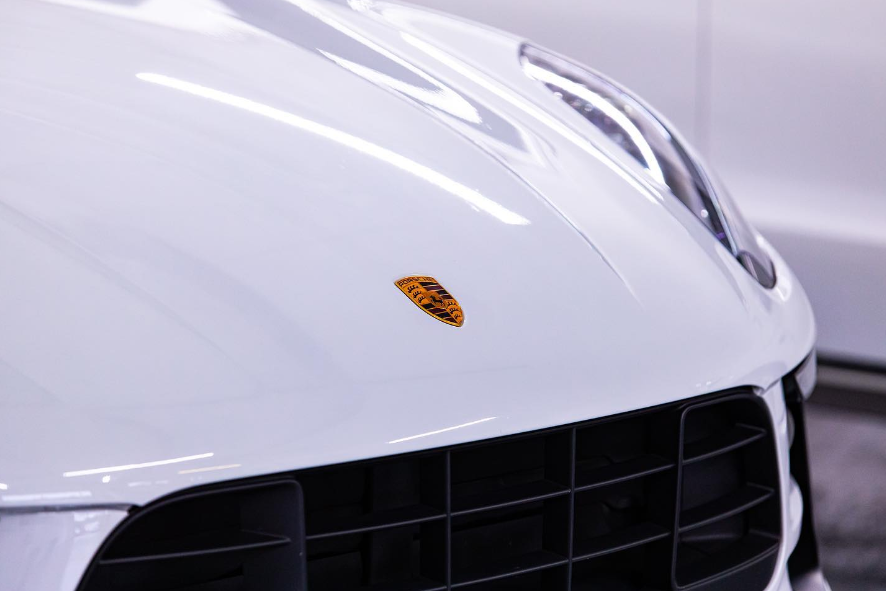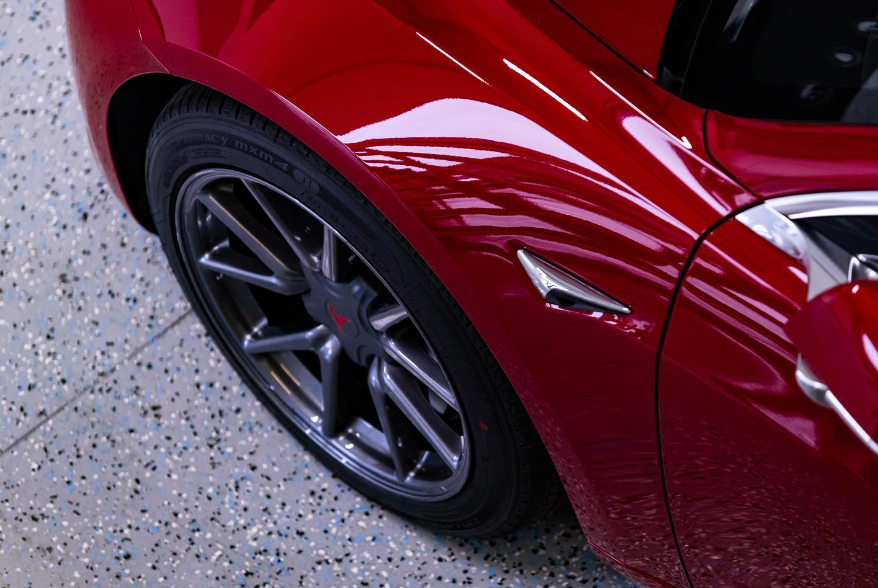Why Paint Protection Film is a Game-Changer for Olympia Car Owners
CALL (253) 533-6776Olympia's heavy rainfall, coupled with unavoidable road debris, necessitates this protective film to maintain your car's value.
Installing
paint protection film (PPF) is essential for protecting cars from the elements, particularly from common annoyances like rock chips. Not only does the protective film shield your car from UV ray damage and offer a strong defense against other harmful substances, but it also makes your car look shiny and new again.
Let's explore how PPF has become a game-changer in various applications.
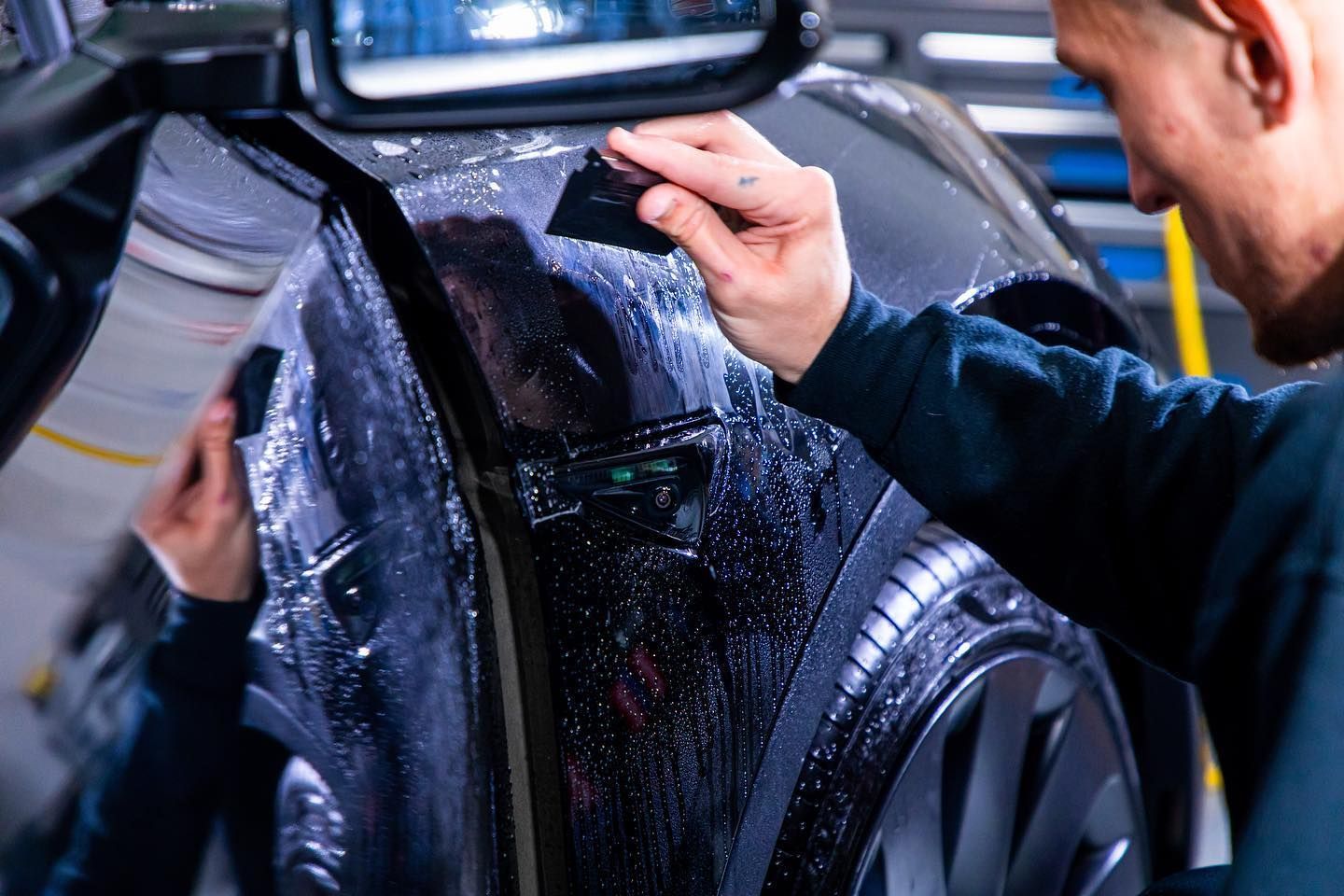
The Game-Changer: Advantages of Installing PPF for Car Owners
Consider driving through Olympia, Washington, while dealing with persistent road debris and environmental elements that jeopardize the integrity of your vehicle. This is certainly where paint protection film (PPF) steps in as an invaluable shield for your beloved vehicle.
Let's explore the array of advantages of PPF, designed with rock chip resistance, for vehicle owners.
The Pacific Northwest is known for its heavy rainfall, and Olympia is no exception. While rain adds life to the landscape, it can also damage your car's exterior. Water spots on the paint can detract from its appearance and potentially lead to corrosion over time.
By forming a strong barrier, PPF protects your car from these environmental hazards, keeping it clean and preventing damage from the rain that falls frequently in the area. In addition, there are a lot of problems that can occur on the roads, like common rock chips.
Road debris, such as stones kicked up from the pavement and bug splatter, may harm the finish of your car.
These encounters on the road can lead to scratches, chips, and other blemishes that detract from the appearance and value of your vehicle. PPF, known for its long-lasting resistance, acts as a protective shield against these hazards, effectively absorbing the impact and preserving your car's flawless exterior.
Consider this protective film to be an invisible armor for your vehicle, deflecting not only nature's assault in the form of rain but also maintaining its pristine appearance despite frequent contact with road debris, particularly rock chips.
It's an ideal solution for those seeking to balance aesthetic appeal with practical applications.
In addition, PPF protects your current investment while increasing the resale value of your vehicle if you decide to sell or trade it later. A meticulously maintained car with an immaculate exterior will appreciate over time.
It’s clear that when it comes to protecting your car in Olympia’s challenging environment, investing in paint protection film offers an exceptional advantage—preserving your car's appearance and retaining its value over time.
Gloss and Durability of Paint Protection Films
Have you ever admired a brand-new car's glossy, sleek finish?
That lustrous shine can feel like an unattainable dream as your vehicle ages, but with paint protection film (PPF) applied, it becomes a long-lasting reality. This protective film doesn't just shield your car's paint from daily wear and tear; it actively works to enhance and maintain the glossy, vibrant appearance of your vehicle.
The first notable advantage is the way it preserves your car's paint job, particularly in its resistance to damage from rock chips.
As a resilient, transparent layer, it acts as a physical barrier against scratches and swirl marks that can dull the vehicle’s finish. This means that even after years of driving, your car can retain its fresh-from-the-showroom shine while remaining well-equipped to handle various applications and challenging conditions.
Along with preserving the original shine, PPF shields your car from color fading due to prolonged UV exposure. This is particularly crucial in regions with frequent sunshine, such as Olympia.
But here's where things get interesting—PPF's self-healing properties.
Consider minor flaws, such as light scratches or swirl marks, disappearing right before your eyes. When exposed to heat, high-quality PPF quickly heals these blemishes, leaving behind a smooth, glossy surface that is similar to its original state.
This feature is part of the PPF technology offered for maintaining your car's pristine condition.
As a result of providing this high level of protection and restoration, your vehicle will not only look fantastic but will also keep its value over time. Its ability to maintain your vehicle's gloss and durability makes it a must-have for any car owner looking to protect their vehicle from the elements while keeping it looking showroom-fresh.
Revealing the Types of PPF Available
When selecting a paint protection film for your car, it's crucial to understand that there are various types available, each with its own set of advantages. These options cater to different needs and preferences, providing car owners with a range of choices to protect and customize their vehicles.
Standard Polyurethane Films
Standard polyurethane films are the traditional choice for PPF. They offer reliable protection against everyday road hazards such as stone chips, scratches, and harsh weather conditions. This type of film is known for its high clarity and durability, enabling it to maintain the shine of your vehicle's paint while protecting it from damage.
It's a popular choice due to its effectiveness in preserving the original appearance of the car.
Premium Self-Healing Films
Premium self-healing films take automotive protection to the next level. These films have innovative properties that allow them to "heal" from minor scratches or swirl marks when exposed to heat.
This means that light abrasions on the film can disappear on their own, preserving the flawless finish of your vehicle without requiring manual intervention. In addition to providing exceptional protection, premium self-healing films ensure that your car maintains a showroom-quality look over time.
Specialty Matte Finish Films
Specialty matte finish films offer a unique option for car owners who prefer a non-glossy, sleek appearance for their vehicles. These films protect the car while also giving it a stylish matte finish, adding a touch of sophistication and individuality.
The exclusive texture and appearance of matte finish films allow car enthusiasts to customize the look of their vehicles, making a bold statement on the road.
Each type of PPF provides unique benefits tailored to specific needs, such as improved clarity, self-healing capabilities, or a distinct aesthetic appeal. Understanding the characteristics and benefits of these various types enables car owners to make informed decisions based on their priorities and preferences for protecting and enhancing the appearance of their vehicles.
It's the defense mechanism every car needs to preserve its charm and value.
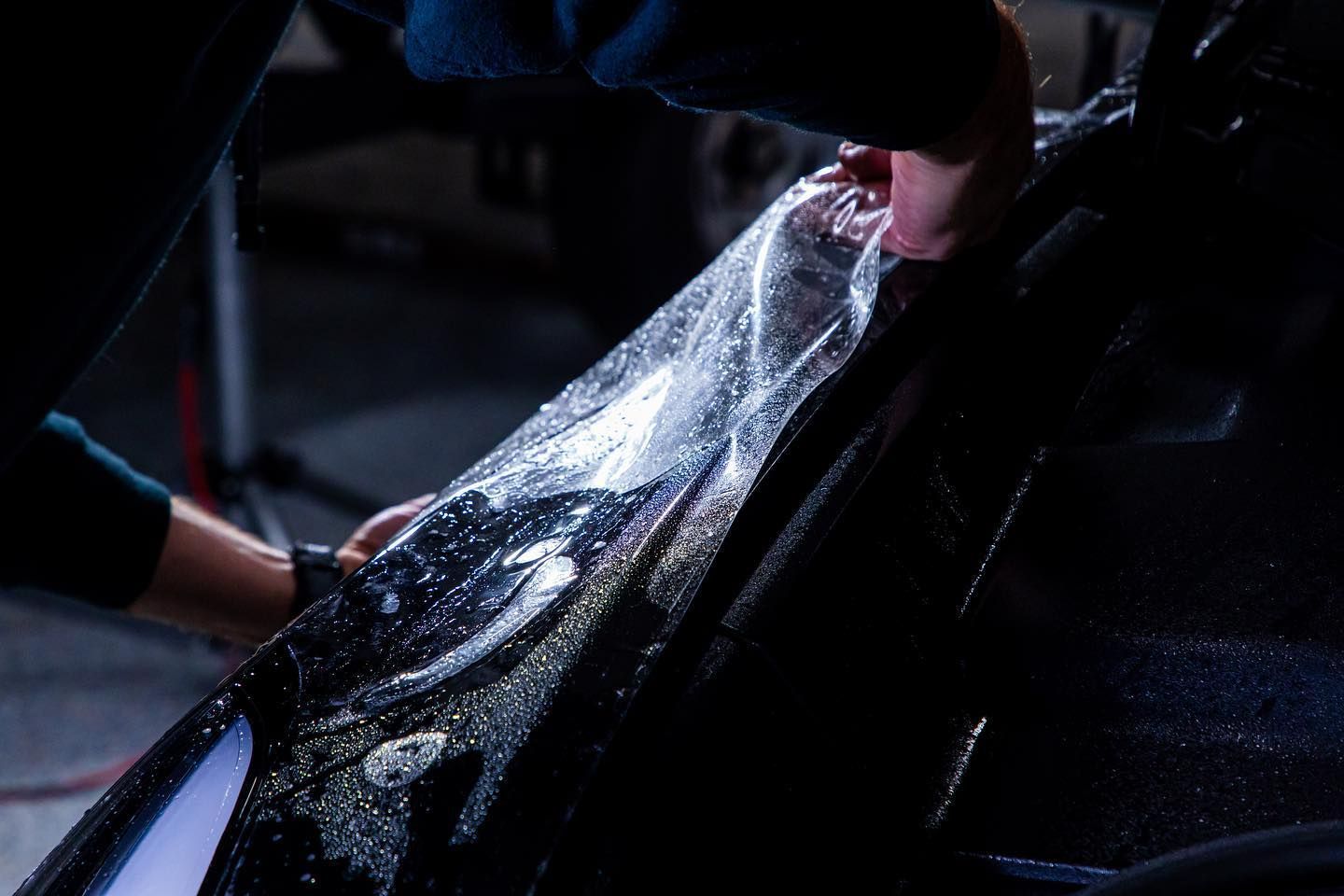
Navigating PPF Purchase and Installation
There are several things that vehicle owners should think about before deciding whether to buy paint protection film.
To begin, you should pay close attention to the installer's reputation. If the installer is trustworthy and well-respected, you can be confident that the film will be applied expertly, instilling trust in the work to be done.
Another essential factor is the quality and warranty of the film.
Higher-quality films often come with longer warranties, providing peace of mind to car owners. These premium films offer superior protection and are designed to withstand various environmental elements, ensuring that your vehicle's surface remains unscathed.
It is also essential to ensure that the installation process meets industry standards. Professional installers follow meticulous procedures to ensure proper adhesion and coverage, minimizing the risk of air bubbles and imperfections, thus ensuring the longevity of the film's protective properties.
It's a task that requires excellent team coordination.
A professional touch not only provides a seamless finish but also ensures that every inch of your vehicle is shielded from potential damage, similar to how a properly fitted bra provides support without leaving any harmful scratch marks.
Car owners should prioritize finding an authorized and reliable installer with a proven track record. In addition, some PPF manufacturers frequently certify reputable installers, demonstrating their expertise and dedication to high-quality installation. It's like a winning sports team—the combined effort of each player results in success.
Taking these factors into account will ensure that you have peace of mind about the quality of your PPF installation and can confidently enjoy the benefits it offers for protecting your vehicle's paintwork.
By prioritizing these factors during your PPF purchase and installation journey, you'll be equipped to make an informed investment decision while protecting your vehicle's appearance and value.
Seeing PPF as an Investment for Your Vehicle
When you purchase a vehicle, it's a significant investment. You want it to last a long time, look great, and maintain its value over time. That's where
paint protection film comes in. PPF is like car paint insurance, ensuring that the exterior retains its aesthetic appeal even in the face of harsh environmental conditions and daily wear and tear.
A car's paint can take quite a beating from all the driving you do—gravel, stones, bugs, bird droppings, and harsh weather conditions.
PPF acts as a shield, protecting the car from chips, scratches, and swirl marks. This means that when you decide to sell your car or trade it in for a new one, the original paint will still look pristine, significantly boosting its resale value.
The beauty of PPF is that it doesn't change the appearance of your vehicle; once applied, it's virtually invisible.
This ensures that your car will remain protected without affecting its color or shine. It is especially beneficial for luxury and high-performance vehicles, allowing their aesthetics to shine through unhindered.
So, whether it's choosing the right PPF or the perfect bra, the goal is the same: providing a secure fit that offers excellent protection without leaving a scratch. The protected car will look newer, fresher, and more appealing—clear evidence of how PPF preserves your vehicle’s visual allure in detail.
In essence, investing in PPF not only safeguards your vehicle against daily wear and tear but also ensures its long-term appeal and value by preserving the detail and integrity of your original paintwork.
The Lifespan of PPF: What to Expect
The lifespan of paint protection film (PPF) can vary for several reasons, so let us start there. These factors include the quality of the film, the specific environmental conditions under which the car operates, and the level of maintenance performed on the vehicle.
High-quality PPF can offer long-lasting protection for 5 to 10 years when applied correctly by professionals.
The durability and longevity of
paint protection film are not only dependent on the quality of the film but also on various external factors. For instance, PPF applied to a vehicle primarily used for highway driving may require different maintenance than one used for off-road adventures.
Environmental exposure plays a notable role in determining the wear and tear experienced by PPF. Vehicles subjected to extreme UV radiation, harsh weather conditions, or high levels of industrial fallout will naturally see more strain on their protective film.
Furthermore, proper maintenance also significantly impacts its lifespan.
Regular washing helps prevent contaminants from building up on the film, maintaining its clarity and protective properties. Occasional waxing can also enhance its effectiveness and durability.
With proper care and maintenance, a well-maintained car can run efficiently for years, but the PPF also needs attention to perform well. Neglecting regular upkeep may diminish its protective capabilities and ultimately reduce its expected duration.
Understanding that the longevity of PPF isn't solely determined by its initial application alone is crucial; it's a commitment involving ongoing care and awareness of environmental conditions.
By investing in high-quality PPF, staying vigilant with maintenance practices, and being mindful of the effects of the surrounding environment on your vehicle's exterior, you can expect paint protection film to provide reliable protection for many years.
Overall, recognizing these key considerations regarding the lifespan of PPF establishes an informed approach to maximizing its effectiveness and ensuring long-term benefits for your vehicle's exterior.
Do Not Let Scratches Ruin Your Car's Shine—Contact Us for Expert PPF Installation in Olympia, WA
Are you worried about the potential harm that chips and scratches can do to the look of your vehicle?
You can count on Lucent Auto Work to provide you with an answer. Here in Olympia, we know paint protection film like no one else.
Imagine driving with confidence, knowing your vehicle is safe from common road hazards. Our skilled installers meticulously apply PPF to every curve and contour of your vehicle, resulting in a flawless and customized fit.
Your car will look brand new and turn heads on Olympia streets without the hassle of constant waxing and detailing thanks to PPF's long-lasting protection.
Your car deserves nothing but the best, and our commitment to perfection ensures that it gets it. Give your vehicle the best defense possible and take pleasure in the peace of mind that comes from knowing it is protected.
Contact
Lucent Auto Work today for a quote and enjoy the ultimate driving experience!

